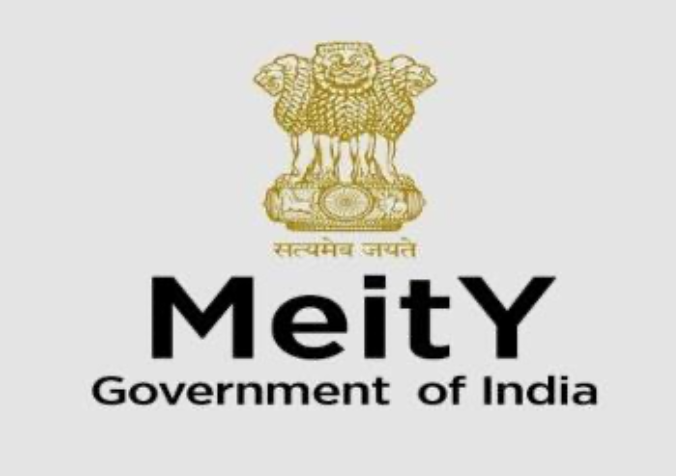To Strengthen and Safeguard Users Rights
New Delhi, Feb 26: We all have heard the term ‘social media’ many times. Social media is made up of virtual networks or virtual communities which enable users to exchange information, ideas, and thoughts. User interactions happen via computers, tablets, or smartphones using web applications. A few examples of social media platforms are Facebook, Instagram, TikTok, WhatsApp, Twitter, and YouTube.
The Ministry of Electronics and IT (MEITY) released data about people using different social media platforms in India. According to their statement, there are 53 crore WhatsApp users, 44.8 crore YouTube users, 41 crore Facebook users, 21 crore Instagram users, and 1.75 crore Twitter users.
There is a lot of information that keeps circulating in social media and there is little to no control or check on which is correct information and which is fake and who started the miscommunication.
To empower ordinary users, safeguard users’ rights, and address the issues faced by them, the Ministry of Electronics and IT has released new guidelines that empower the users with a new mechanism for redressal and timely resolution of grievances. Grievance redressal is the receipt and processing of complaints from citizens and consumers.
The social media intermediaries have been asked to be more accountable for the usage and content that is available. A social media intermediary is someone who makes online interaction between users possible and allows them to create, upload, share, and access information using its services.
The rules ask the social media intermediaries to identify the ‘first originator’ of the information for the purposes of prevention, detection, investigation, prosecution, or punishment of any offence.
Additionally, the government wants social media companies to have a mechanism to accept and resolve complaints from users. Grievance officers have been asked to acknowledge the receipt of complaints within 24 hours and resolve the complaint within 15 days of its receipt.
Another one of the new rules specifies that OTT platforms such as Netflix, Disney+, and Amazon Prime need to self-classify content based on age appropriateness. This has become even more important recently as a lot of content is being directly released on these platforms.


